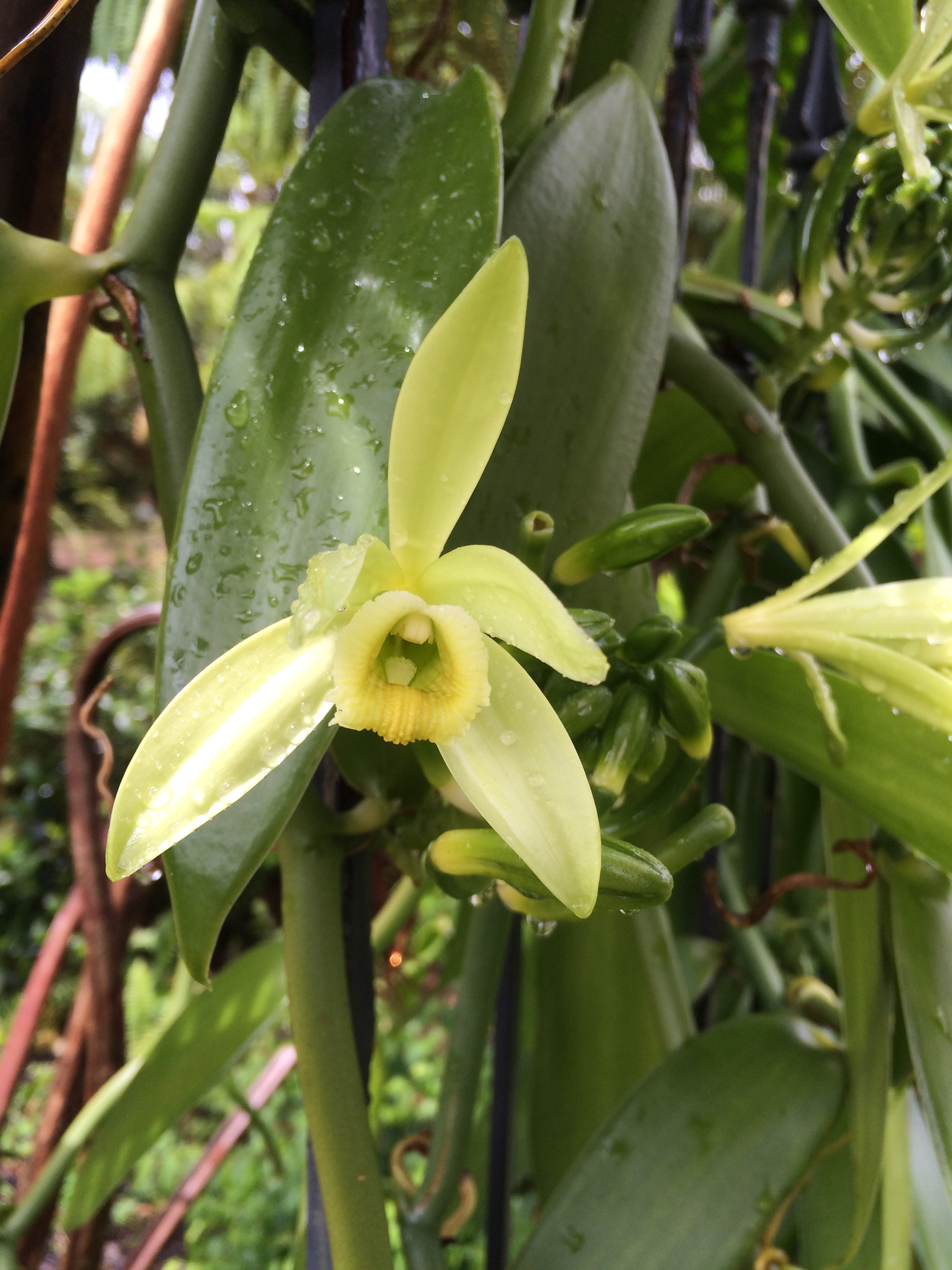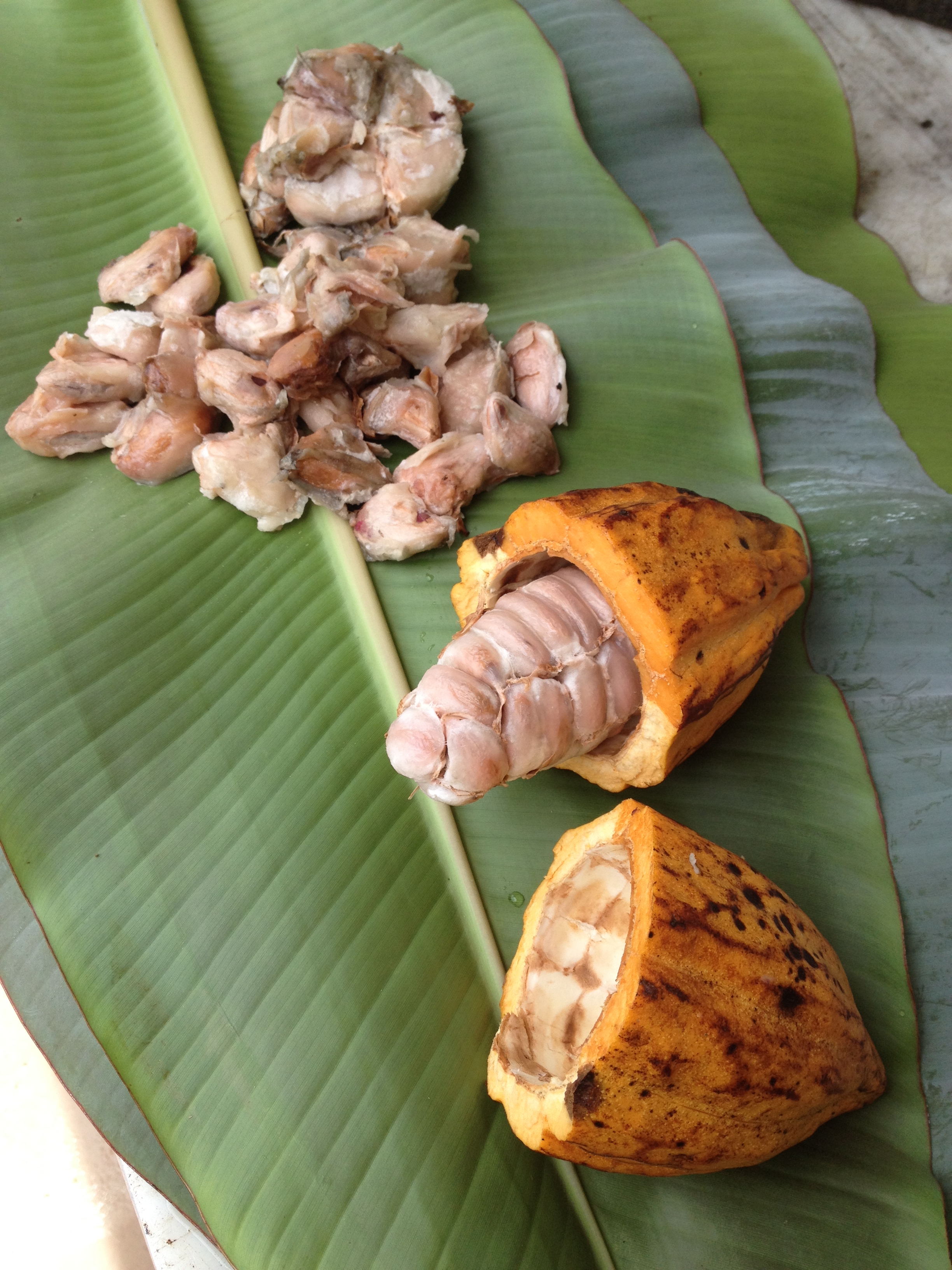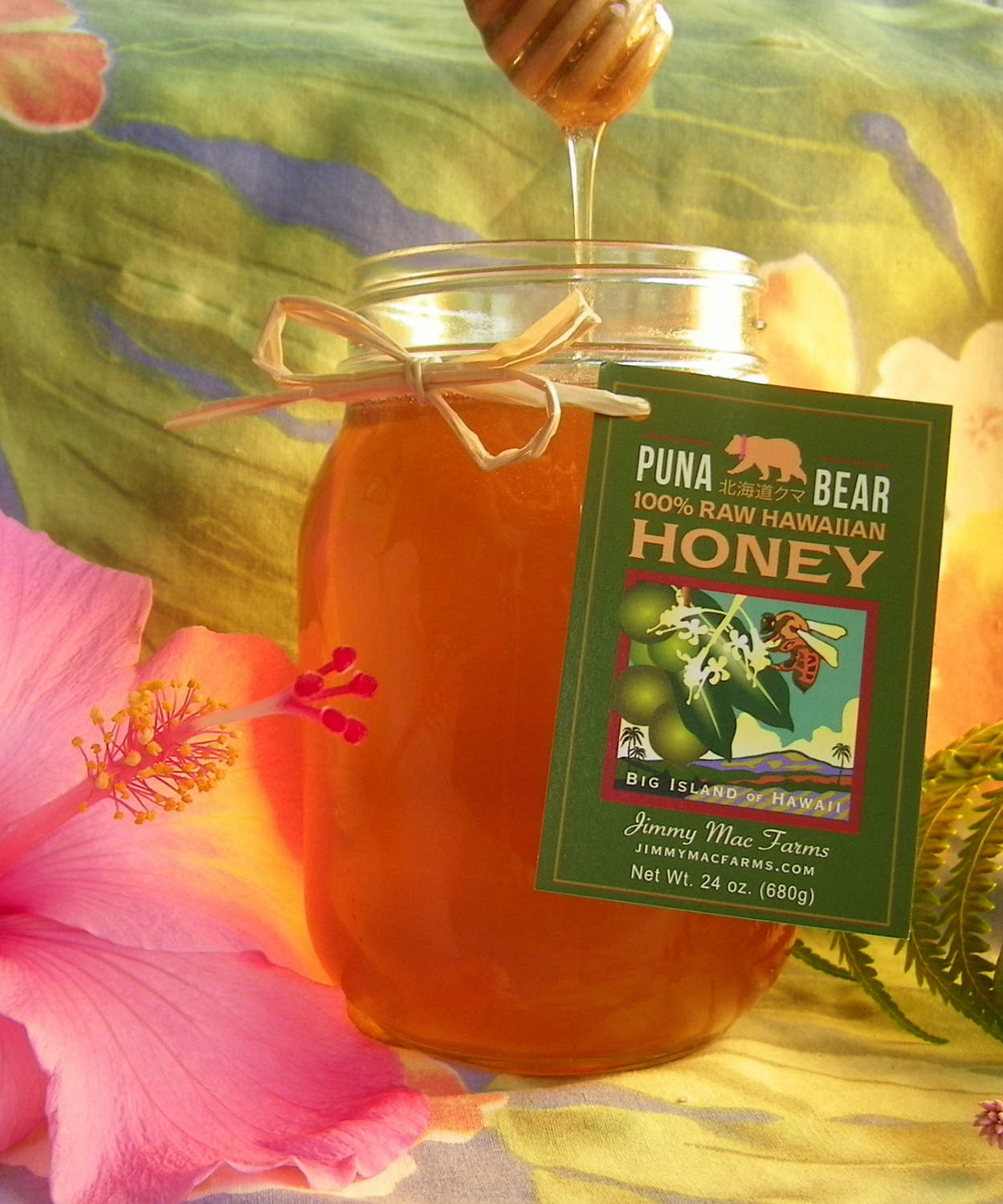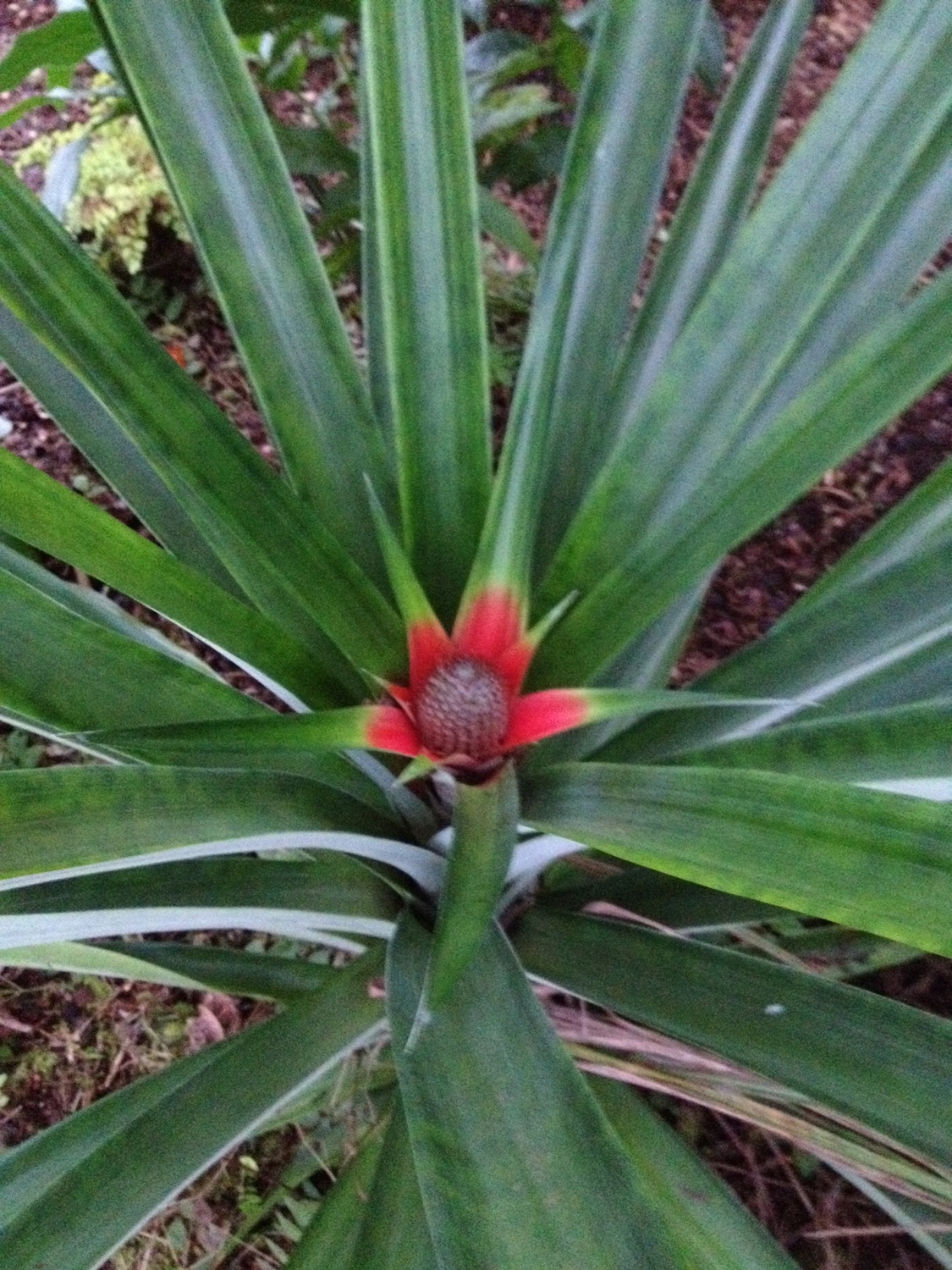Vanilla - My Hawaiian Vanilla Story
Vanilla Orchid Bloom
Vanilla - from what I have learned over the past year, vanilla is very underappreciated! Savor every bite of that french vanilla ice cream, as the journey from flower to cured vanilla bean is very long.
I purchased a vanilla orchid vine from Paradise Plants in Hilo a few years ago. Last year, when it reached the vine length required for flowering, I was rewarded with quite a few buds that began forming in March. It has been reported that the vine needs to reach 30-50' before it is mature enough to flower. I had been wrapping mine around and around for a few years now. I madly googled how to pollinate the flowers, as you have to do it by hand. I was all prepared, but had to wait quite a few weeks into April for the bloom to flower. I kept checking on them daily with anticipation. Finally they started to bloom, each cluster had an open flower almost every day. You have to make sure you do it before noon, as they don't stay open very long and you'll miss that opportunity for a bean. Jim got to be an expert at pollinating them during the week, and I practiced on the weekends. I think we need more practice as we only managed to get 8 beans started this year!
The beginning of a vanilla bud.
Vanilla Orchid Buds
Vanilla Orchid in Full Bloom
So, we got 8 flowers to pollinate and start a bean. They grew longer and longer for a month or so, then stopped. They finally started to turn a little yellow today, December 24, which I am told is time to pick them. I went out and finally got to harvest the little gems! I had previously googled how to cure the beans and was shocked to find out what the next steps would be, and how long they take! Since I don't live on the Kona side, the option of letting them cure on the vine was out. Our Pahoa weather would turn them into mush far too soon. So I opted for the blanching/sweating/drying method.
Vanilla Beans Fresh Off The Vine
The next step was blanching them in 160°F water for 2 1/2 minutes. The water smelled like flowers after I took them out! Then you quickly wrap them up in a towel and cover it in plastic to let them sweat for 48 hours. Then you put them in a cooler to maintain an even temperature. That's were they are sitting right now. I'll post another photo on what they look like when they come out of their towel sauna in a cooler stage. Once that is done, you have to let them dry in the morning and afternoon sun every day for 2 months, wrapping them back up in their towel every night. After that, they need to sit in a waxed paper lined box for another 3 months! I think they will be ready for ice cream after that. I'll keep you posted!
Vanilla beans after blanching and sweating.
5/07/2017
At last - they are ready!
After many months of waiting, I finally deemed the vanilla beans ready to be used. I decided to make vanilla extract from them. I settled on a recipe for a single fold extract. If I had more beans I'd go for double the amount with a double fold recipe. A lot of recipes called for a plain cheap vodka as the base, but I decided to go with the leftover Everclear I still had from making propolis tincture. You have to dilute the Everclear as it's 151 proof, as oposed to a 70 proof vodka. The upside to Everclear is that there is no taste to interfere with your finished vanilla extract.
I sliced the bean in half to expose their caviar looking seeds in the middle for maximum flavor extraction.
I then added the diluted Everclear and vanilla beans together in an 8 oz Mason jar. Now guess what? More waiting! It takes at least 6 weeks for the extract to be ready to use.
Here are the beans right after putting them in the jar. I'll put it in a dark place and give it a shake every once in a while while it develops it's delicious flavor. I'll give you another update when it's ready. I can't wait to taste it!
Aloha, Linda
































